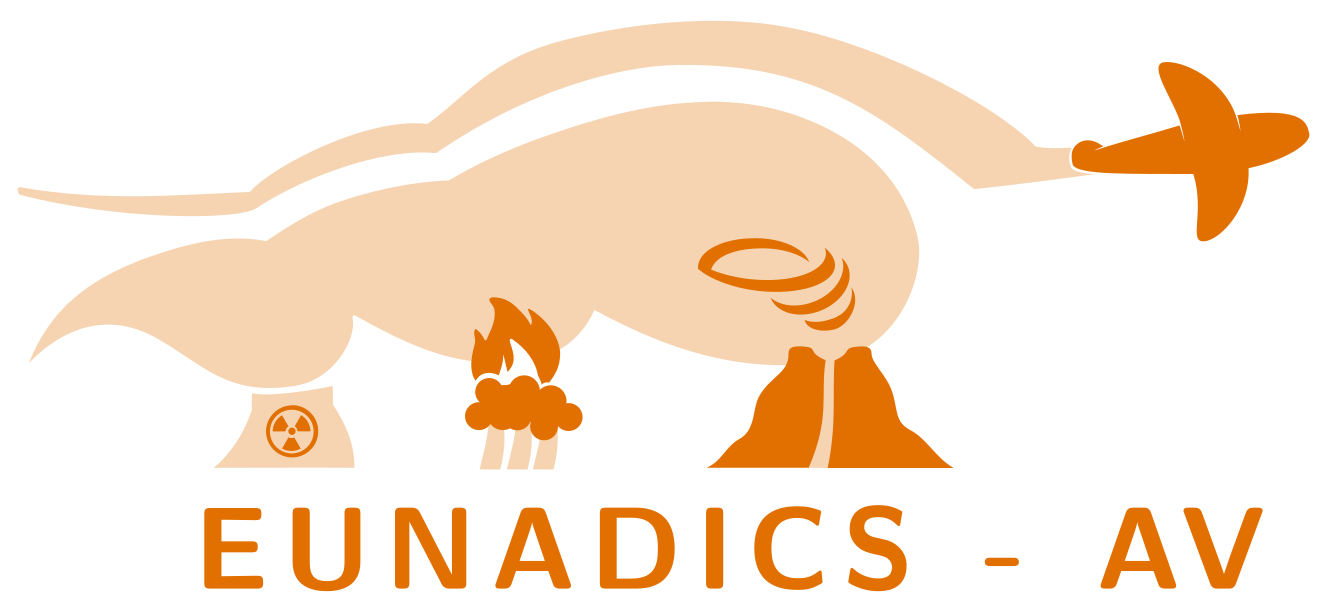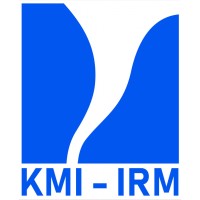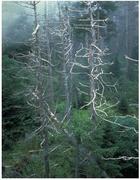|
|
Sulphur dioxide in the Earth's atmosphereSulphur dioxide enters the atmosphere as a results of both natural phenomena and anthropogenic activities, such as fossil fuel combustion, oxidation of organic materials in soils, volcanic eruptions and biomass burning.Coal burning is the single largest man-made source of sulphur dioxide, accounting for about 50% of annual global emissions, with oil burning accounting for a further 25 to 30%. Sulphur dioxide reacts on the surface of a variety of airborne solid particles (aerosols), is soluble in water and can be oxidised within airborne water droplets, producing sulphuric acid. This acidic pollution can be transported by wind over many hundreds of kilometres, and is deposited as acid rain. Changes in the abundance of SO2 have an impact on atmospheric chemistry and on the radiation field, and hence on the climate. Consequently, global observations of SO2 are important for atmospheric and climate research.
Volcano eruptionsEffects of volcanic eruptions may have an impact on air traffic, as such eruptions are important sources of ash (aerosols) and sulphur dioxide in the atmosphere. But volcano eruptions:> are sporadic and intermittent; > often occur in uninhabited regions. In-situ assessment of emissions is therefore difficult or even impossible. Observations of sulphur dioxide from space provides important information to earth scientists.
Sulphur dioxide in troposphere and stratosphereThe lifetime of sulphur dioxide molecules in the troposphere is a few days. The amount is highly variable, above a low background concentration.It is removed from the troposphere
Clean continental air contains less than 1 ppb of sulphur dioxide, which corresponds to a total column density less then 0.2 Dobson Units (DU) in a boundary layer of 2 km.
The lifetime of sulphur dioxide molecules in the stratosphere, on the
other hand, is several weeks, during which it produces sulphate aerosols.
This makes sulphur dioxide from volcanos one of the two most important
sources of stratospheric aerosols.
Retrieval of SO2 from satellite measurementsThe technique used to retrieve the SO2 column is different for the different satellite instruments used. For the UV/Visible instruments GOME-1 SCIAMACHY and GOME-2 the Differential Optical Absorption Spectroscopy (DOAS) is used. For the UV/Visible instrument OMI, SO2 concentrations are determined with a "band residual method" using the residuals of the DOAS-based ozone retrieval. And for the IR instrument IASI three spectral signatures of SO2 in the thermal IR are used.The derivation of high quality quantitative SO2 columns is a major challenge. The retrieval of SO2 columns is characterised by large uncertainties related to clouds, SO2 profile shape and aerosols, as well as by interference of absorption signals of SO2 and ozone, particularly at high solar zenith angle (i.e.: at low sun). For more information on the retrieval of SO2 and the presentation of it on these web pages, consult the products info pages. |















